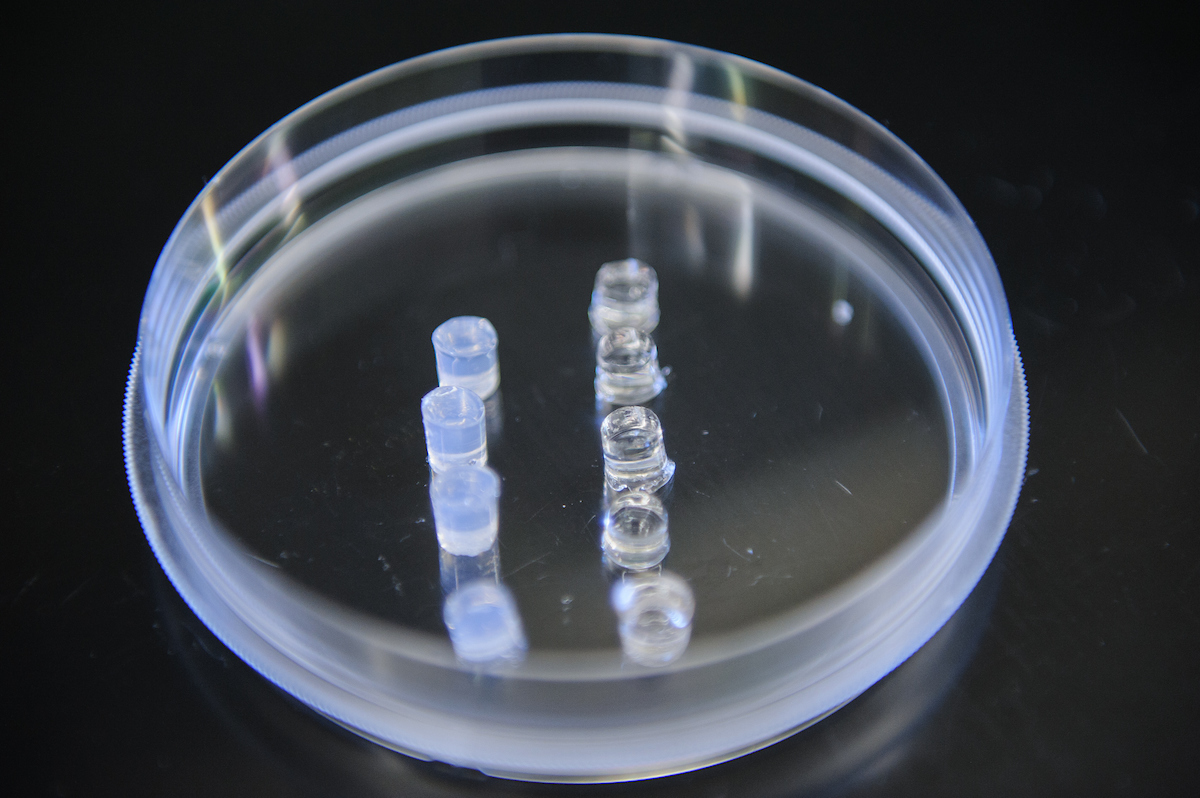
Using a Jell-O-like model to study cancer, UA researchers hope to discover ways brain metastatic breast cancer evades drug therapies.
Dr. Shreyas Rao, the Reichhold-Shumaker Assistant Professor of Chemical and Biological Engineering, will investigate the role brain tissue plays in thwarting currently available drugs. His lab will study response to drugs in brain tissue-mimicking environments in hopes of finding pathways mediating drug resistance.
“The resistance levels vary between patients, but in many cancer patients, drug resistance is pretty common because cancer cells are smart enough, if you will, to evade them,” Rao said. “Our goal is to identify mechanisms governing drug resistance in the tissue environment to deepen our understanding of how these cells evade therapies.”
The work is supported by the American Cancer Society Research Scholar Grant, a prestigious program that supports early career investigator-initiated projects across the cancer research continuum.
“In our lab we apply engineering techniques, particularly developing tools that help us to study the tumor microenvironment that engineers are uniquely poised to do,” Rao said. “We can design materials that mimic features of the tissue and study how cancer cells in these mimics respond to drugs”
There is no cure for metastatic breast cancer, or stage IV breast cancer. The 5-year relative survival rate for patients is about 22 percent, according to the American Cancer Society.

Metastatic breast cancer cells travel primarily to the lungs, liver, bones or the brain, but each organ offers these cells a different environment, meaning understanding the process in one organ does not translate to another.
Current techniques to characterize metastatic breast cancer cell response to drugs typically employ two-dimensional, rigid plastic substrates that do not respond like normal tissue at the metastatic site. The environment surrounding cancer cells is known to play a key role in influencing whether cancer cells will respond to a particular drug, yet the precise roles of several signals in the tissue environment, including biophysical and biochemical signals in conjunction with cellular signals, remain largely unknown.
Rao’s lab has developed an experimental model using hydrogels that can mimic certain aspects of the brain tissue to study brain metastatic breast cancer cells. These hydrogels are created using hyaluronic acid, a major component of the brain environment.
This unique use of hydrogels to study brain metastatic breast cancer by UA researchers allows them to test response to drug therapies in various hydrogel environments.
“If we identify pathways mediating resistance, this may enable new therapeutic strategies to halt or reverse drug resistance such as new drug combinations targeting the pathways identified,” Rao said.
Contact
Adam Jones, UA communications, 205-348-4328, adam.jones@ua.edu
